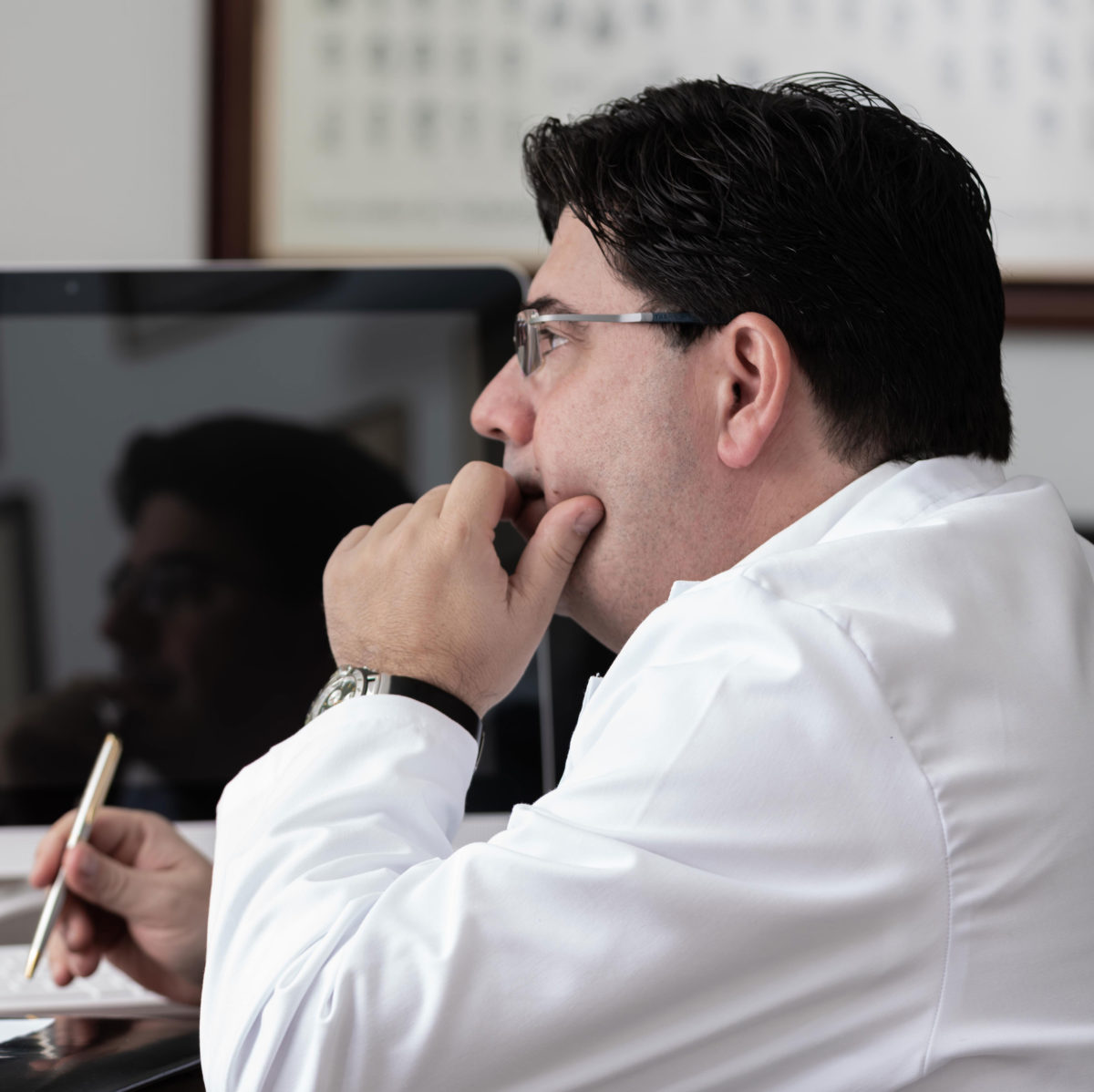Frequently Asked Questions
Our patients’
FAQs
HBP


- What is blood pressure?
- What are normal values?
- “But I was told 150 was normal for my age”
- Is our blood pressure the same throughout the day?
- How should I take my blood pressure?
- “Well, I take my blood pressure, and the first reading is always high, but when I take it again, it’s back to normal”
- Why is HBP bad?
- “But, I feel well. So, why do I have to take tablets to lower my blood pressure?”
- “Apart from taking the tablets prescribed, is there anything I can do to lower my blood pressure?”
- “If I have HBP should I see my doctor immediately?”
It’s the pressure our blood has in our arteries.
It consists of 2 values, i.e. the maximum or systolic corresponding to the measurement obtained when the heart contracts; and the minimum or diastolic, corresponding to the measurement obtained when the heart is distended or in diastole.
Normal blood pressure should be under 140/90 mmHg when taken at the doctor’s surgery. It’s accepted that when blood pressure is taken at home the values should be slightly lower (135/85 mmHg).
False. It’s true that blood pressure usually increases with age; however, that doesn’t mean it shouldn’t be treated when it exceeds normal value, otherwise it would affect our body regardless of age.
No, blood pressure undergoes large variations throughout the day depending on known factors like emotional stress or physical exercise among others.
You must always a device that measures it on your arm, NEVER on your wrist.
Take it in a relaxed room, sitting down with your back and arm supported.
You must rest 5 min. before taking it.
Take your blood pressure in the arm which usually has the highest pressure. Check it if you don’t know which.
2 measurements should be taking at least 2 min lapse between each and write both down.
Take it at different times of the day.
So, always measuring it on the left arm, because “it’s the heart arm”?
Your blood pressure should be the same wherever you take it.
It’s true that with time, arteries narrow. This is why if we measure blood pressure on our wrists the probability of narrowness of arterial path from the heart is high so the blood pressure reading would be lower than it actually is. That’s why we should also measure blood pressure on our arms and not our wrists.
The first measurement should be considered valid; however, if you take a second one, let a few minutes pass between the 2 readings. The very act of taking your blood pressure lowers it for a short time after doing it. So if we trusted the second reading taken immediately after the first, we would be obtaining a false low reading.
Besides changes in the heart muscle, the main damage of HBP is to our arteries.
Arterial walls subjected to a greater pressure than normal, develop what we call arteriosclerosis. This is a progressive narrowing of the arterial lumen (place where blood circulates). If very bad, this will prevent sufficient blood reaching certain organs and may cause: myocardial infarctions, angina, stroke, kidney failure and many other problems.
HBP is known as the ‘silent killer’, i.e. it’s frequently asymptomatic until it’s too late, because you’ve already a myocardial infarction or stroke.
Yes, of course. Nutrition hygiene and dietary measures as we doctors call them are highly important, and are as follows:
Low salt diet.
Maintain your correct weight with a balanced diet. Avoid becoming overweight.
Do moderate aerobic exercise regularly (brisk walking, cycling, swimming, running, etc.).
Reduce alcohol intake (no more than 2 glasses of wine a day for men and slightly less for women).
HBP is not usually an emergency except for really high values (generally always over 200/120 mmHg) and with symptoms (headache or chest pain, short of breath, etc.).
Damage due to HBP occurs little by little, over months and years.




